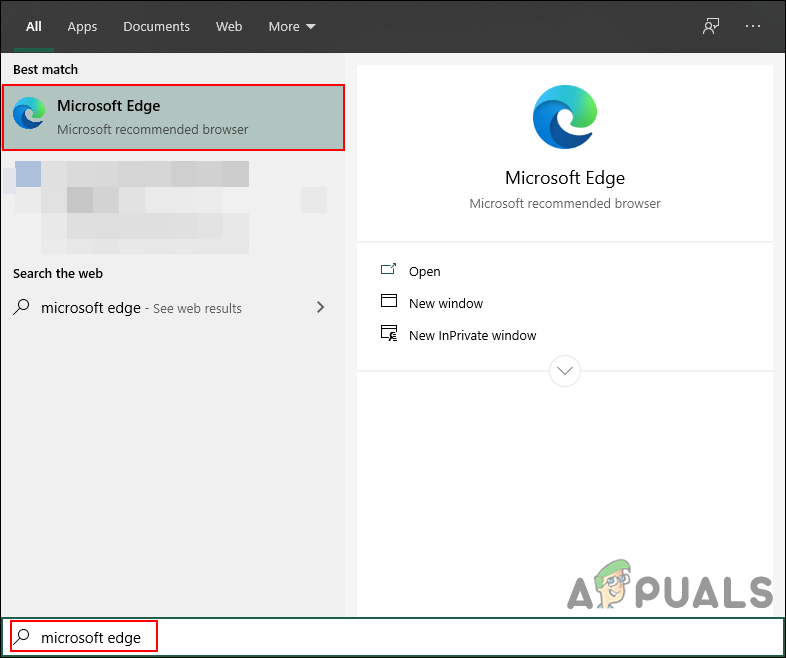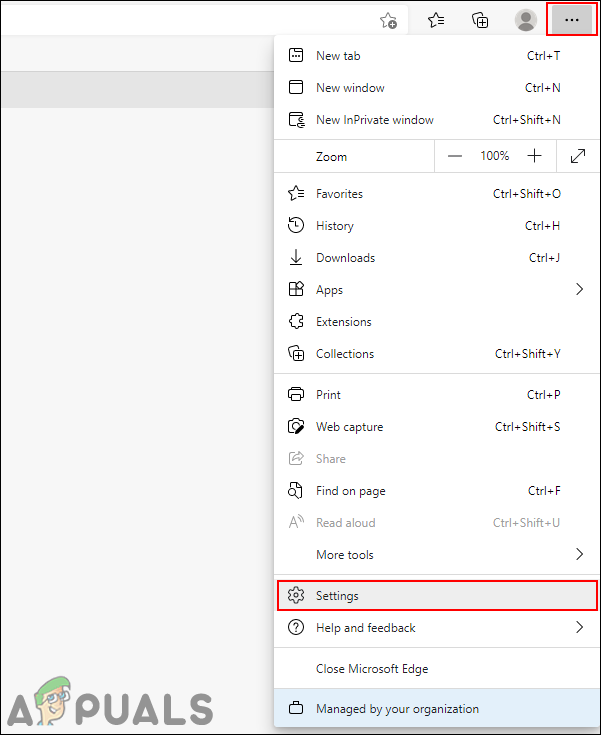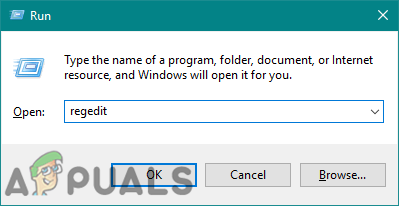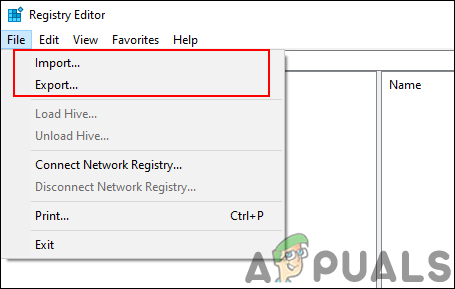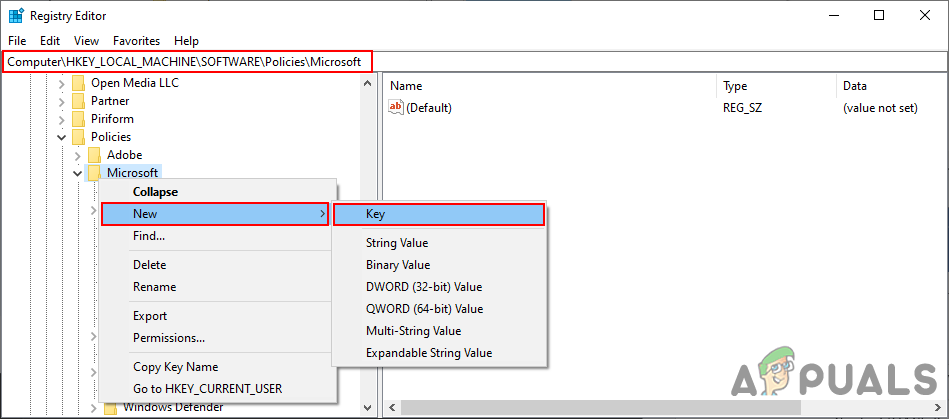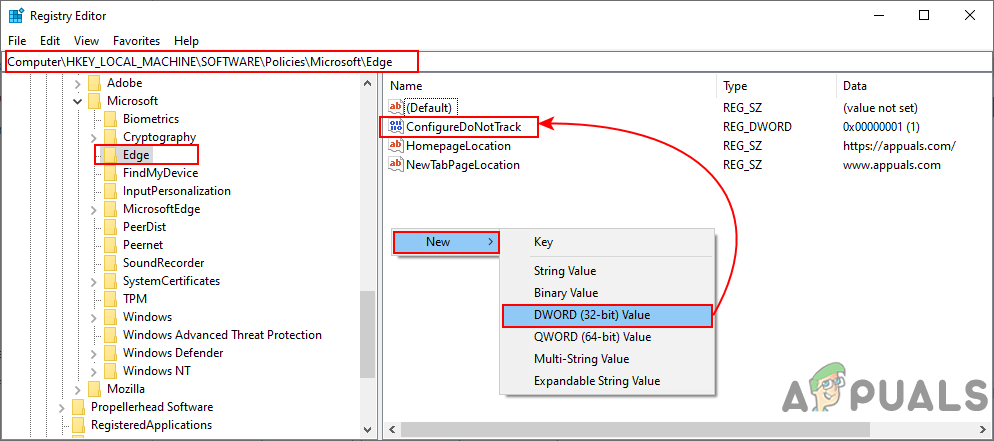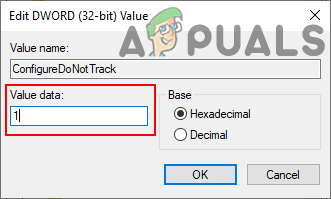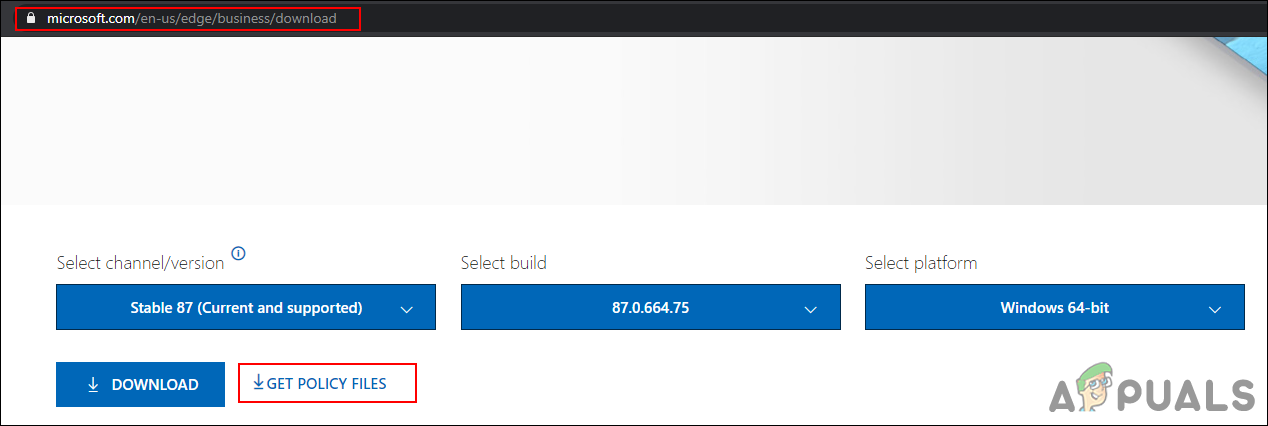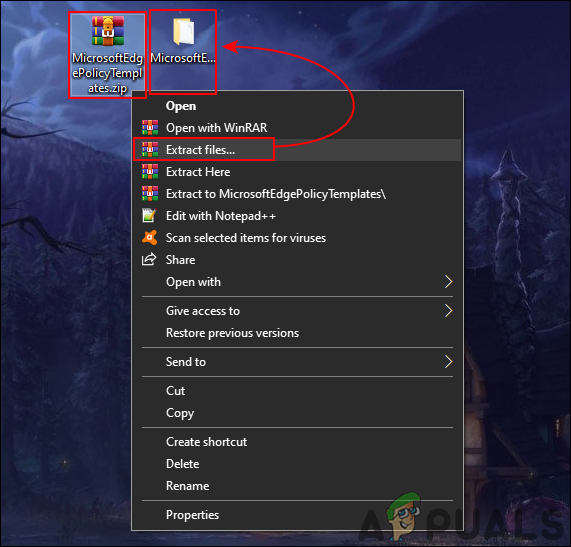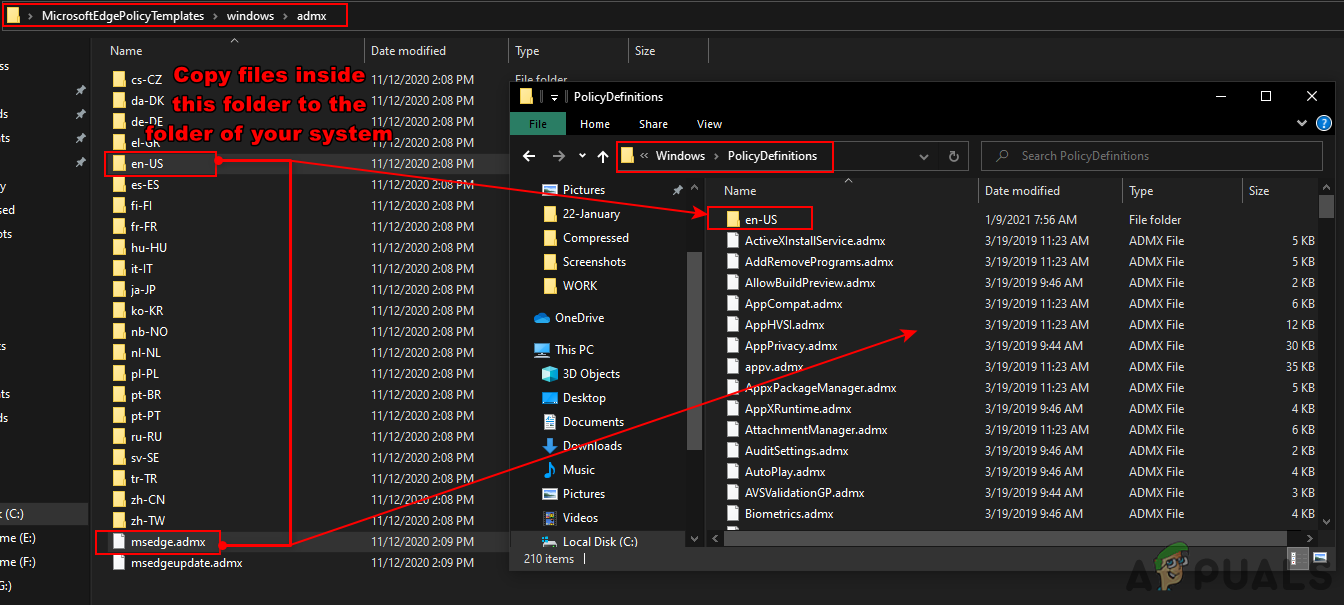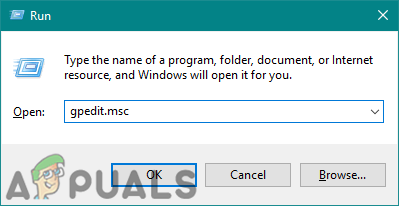The Local Group Policy Editor is only available for the Windows 10 Pro, Education, and Enterprise editions. If you are using the Window Home edition, then we suggest you skip using the Group Policy Editor method. You can use the Registry Editor method, which is the alternative to the Group Policy Editor method.
Method 1: Configuring in the Microsoft Edge
The basic method for configuring this feature is by using Microsoft Edge’s settings. The browser settings have an option for Send Do Not Track Requests under the privacy section. Any users can enable and disable this feature. However, if you want to prevent the changing of this setting, then try using the Registry Editor or Group Policy Editor method. For normal configuration, follow the below steps and check it out:
Method 2: Configuring through the Registry Editor
The Windows Registry contains all the settings for the operating system and applications. This is the alternative method for Windows Home users. Everything that can be configured through Group Policy Editor, can also be configured in the Registry Editor. However, it requires few technical steps to create the missing key and value for that specific setting. Follow the below steps to configure the Do Not Track feature in the Registry: Note: This setting can be applied in both the Current User and Current Machine hives. The path will be the same but the hives will be different. You can choose the hive that you want to set the setting for.
Method 3: Configuring through the Local Group Policy Editor
The Local Group Policy Editor method is a bit easier than the Registry Editor. However, the latest Microsoft Edge Chromium requires the latest policy files for configuring this setting. You will have to download the policy files and then copy them to your system. Due to this it becomes a bit complicated and takes more steps to accomplish the task. Important: Before downloading new policy files, first check in the “Computer Configuration\Administrative Templates\Windows Components\Microsoft Edge” and “User Configuration\Administrative Templates\Windows Components\Microsoft Edge“. If the same setting is available there, then try using that and see if it works for your Microsoft Edge. The older policy settings don’t work for the latest Microsoft Edge Chromium. Note: The Group Policy Editor isn’t available for the Windows Home Edition users.
FIX: Remove Send a Smile / Send a Frown from Internet Explorer 11How to Find Hidden and Filtered Message Requests on Facebook?How to Manage and Request IP Address Requests in IP Address ManagerDiscord Integration Has Officially Been Added to Xbox After Several Requests

